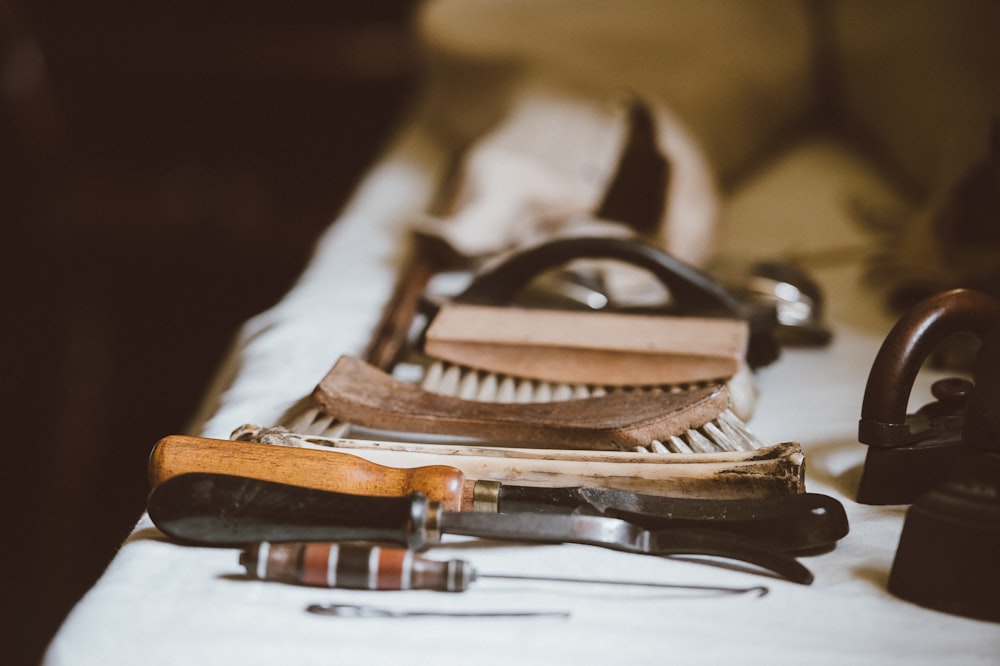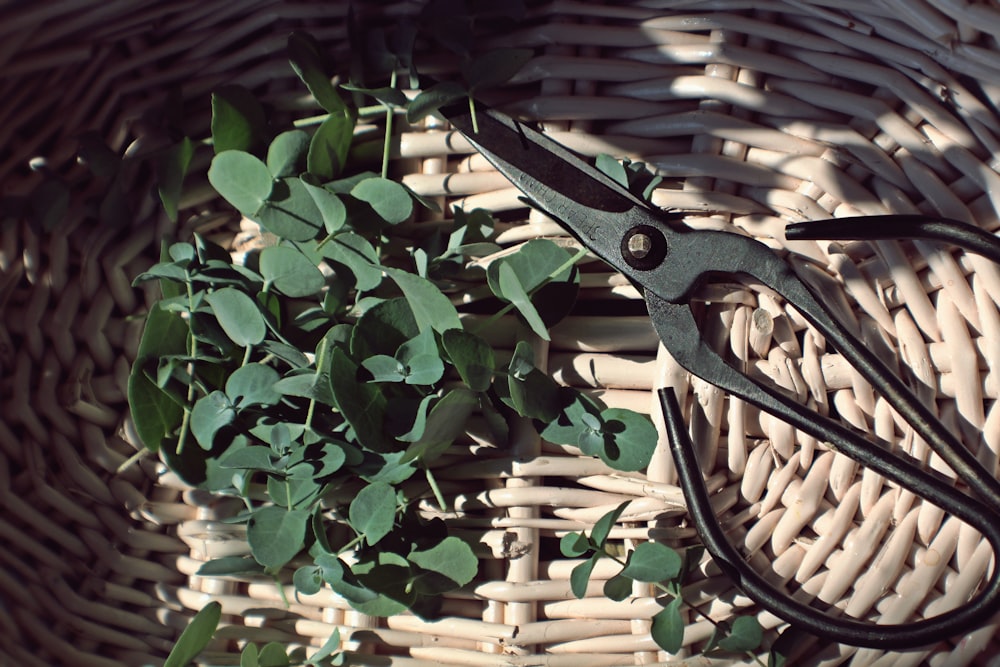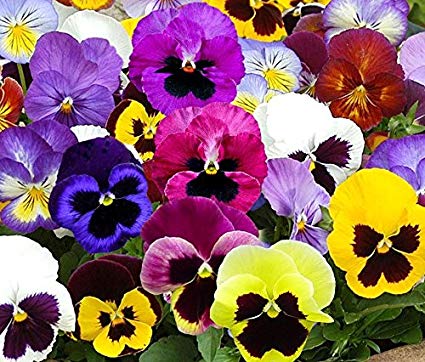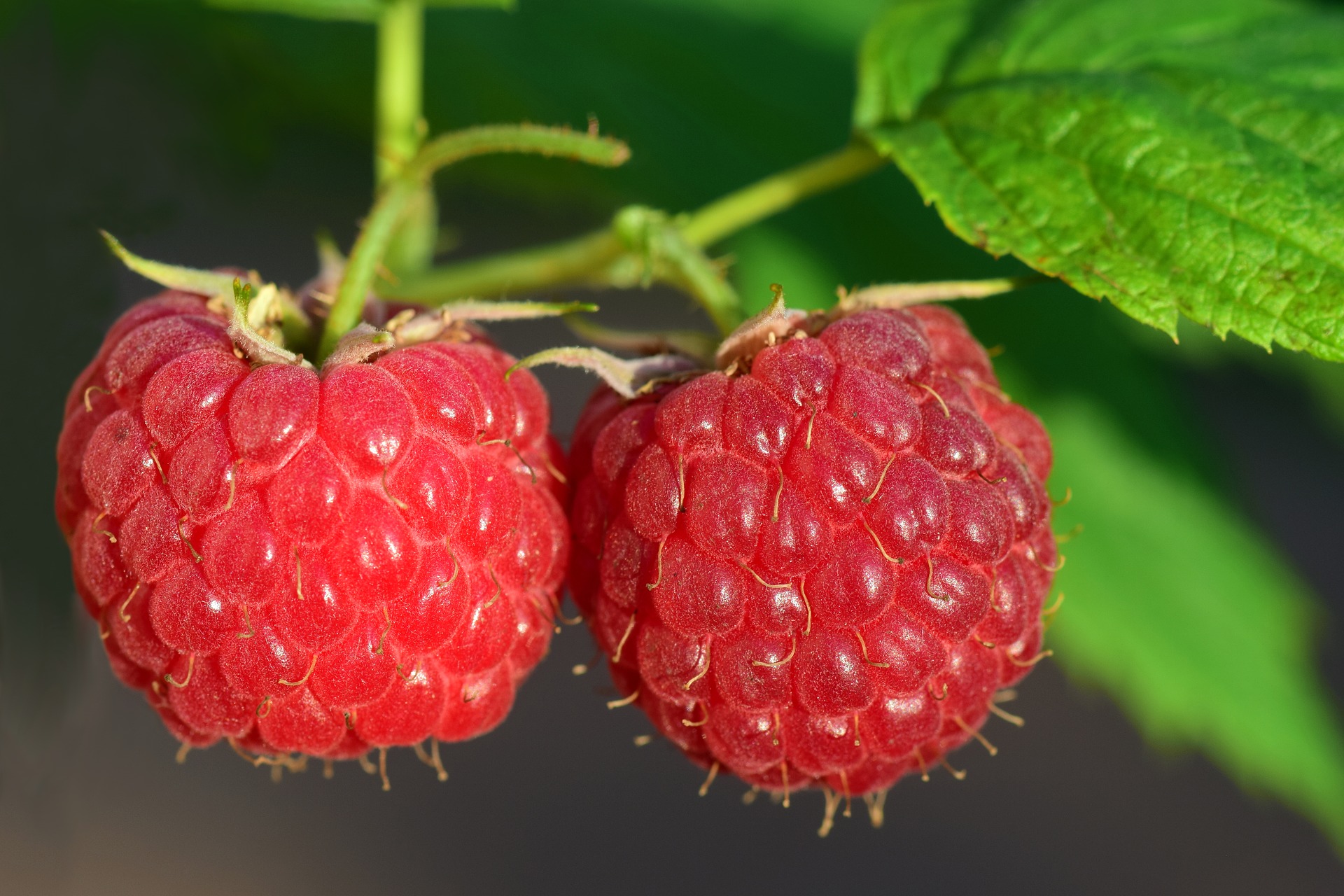There are some products or equipment that are important in your garden, in this article we will go through the top 10…
Hose and Sprayer
Watering with a hose is just the most convenient option. Garden tools and hoses are available in a wide range of materials (vinyl, rubber), lengths (often 25, 50, and 75 feet), and even shades, traditionally green or black, now a rainbow of choices. When stored undercover, this heavy-duty rubber hose can last for years, especially in cold areas. Although your thumb can always be relied upon, the spray attachment provides extra alternatives; for instance, you will need a soft stream of water for watering newly seeded areas or a hard blast for cleaning mud off of tools.
Wheelbarrow
There’s nothing like a wheelbarrow to make a gardener’s life simpler. You may transport dirt, compost, firewood, and other materials. It may also be used to move equipment about the yard or soak plant roots before planting. Get a steel bin instead of a poly bin if you’re working with hefty weights. For the most part, a basic wheelbarrow will suffice but invest in a never-flat tire. For big loads, two-wheel variants are the most stable.
Clearing Garden Tools
These multi-purpose garden tools may be used to trim shoots and stems, cut vines, split roots, and saw branches. Try a 13- or 18-in. billhook saw if you have an overgrown garden or one full of coarse decorative grasses that need to be chopped back. Both include a rust-resistant bent blade for rapid pull cuts and a coarse saw edge for cutting through stubborn branches and grasses.
Digging Shovel
Shovels have gone a long way in terms of ergonomics, and this one is a great illustration of that. If you plan to plant anything larger than your fist, you’ll need a digging shovel with a rounded blade. When digging up and flinging large quantities of earth, the D-shaped grip aids two-handed handling. Welded steel is more robust than wood and would not bend under a large weight as fiberglass might. On the other hand, the huge step plate is wide enough to ease pressure on your foot when you walk on it repeatedly.
Edging Spade
A flat-bladed edging spade is a useful companion in the garden. It can edge a garden, cut grass neatly, cut roots, and scrape soil or mulch off a flat surface like a sidewalk or truck bed. This gardening tool may also be used for general planting or ‘heeling in’ bare-root plants (temporarily putting them in the ground until a permanent location is found). The D-handle of this garden equipment, like the digging shovel, provides superior control. The pre-drilled holes on either side of the shovel allow the rubber foot pad to fit on either side, reducing strain and shoe damage.
Loppers
Bring out the loppers for cutting branches the size of your fingers or larger, as they have larger blades and more leverage than pruners. These PowerGear loppers can quickly chop branches up to 1-1/2 in diameter. The gear mechanism enhances leverage, allowing you to get up to three times the cutting force of traditional loppers.
Pruners
When it comes to deadheading flowers or removing bendable stems or little woody twigs, pruners are the instrument of choice. Bypass pruners (pictured) are a good all-around garden tool for clipping stems up to 1/2 inch in diameter. Ratchet pruners can cut up to 3/4-inch stems by multiplying the ratchet movement. If you make it any bigger, you risk breaking the pruners.
Pruning Saw
Pruning saws are a versatile tool for the garden. Many of them can be folded for easy transportation and storage. And, unlike the bigger and more unwieldy bow saws, they are better at operating in narrow areas. Cutting through woody stems the size of an arm is simple with the razor-tooth blade. For cutting down trees and other significant jobs, you’ll need something more powerful, such as a cordless chain saw.
Digging Tool
Planting, weeding, cutting sod, breaking roots, and splitting perennials are all things you can do with it. This gardening equipment is more than just a trowel. It’s also a knife, a saw, and bulb-planting measurement equipment. It also includes a holster to keep the stainless-steel blade safe.
Leaf Rake
While a leaf rake’s primary use is to collect leaves, it may also be used to collect other garden detritus (such as grass clippings that build when you wait too long between trims!). Steel-tine rakes are ideal for smaller yards or when you wish to scrape the soil’s surface when raking. This rake is made of poly and has a 24-inch clog-free head that won’t spear leaves. If you have a large yard, a poly leaf rake will cover more ground in less time.
Let us know in the comments what garden equipment you can’t live without…





